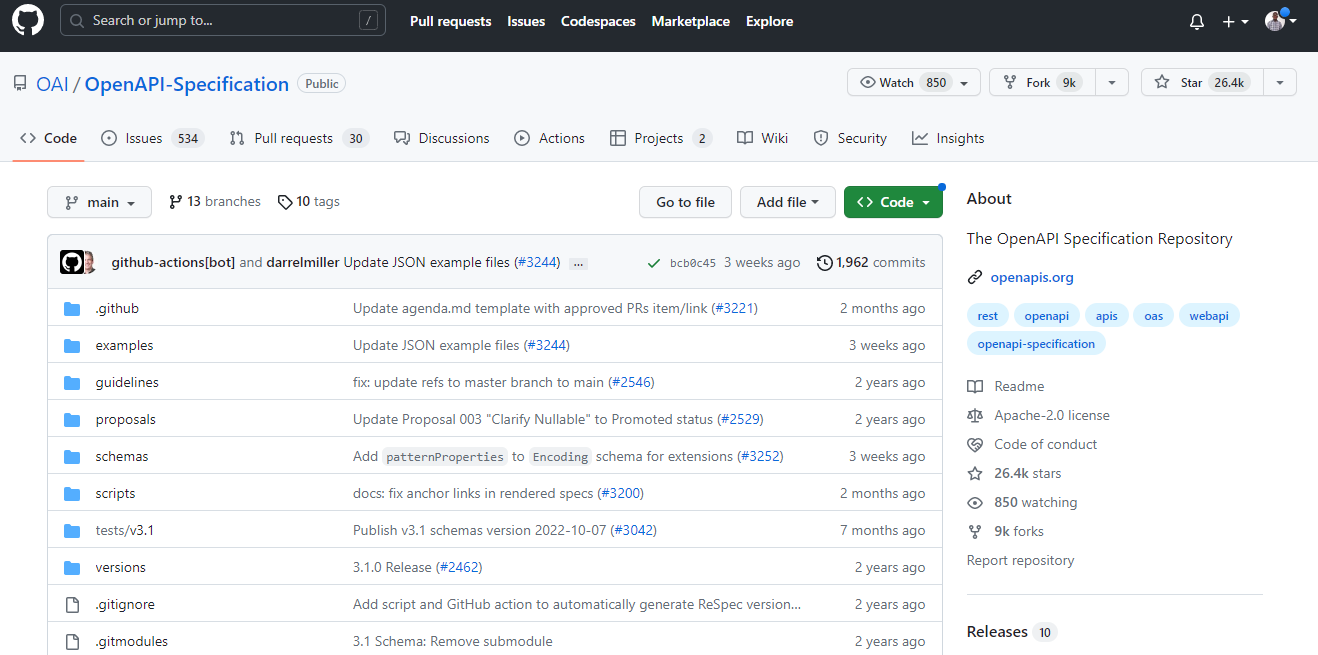API Documentation vs API Specification - What it means for you

When it comes to APIs, there are two terms that are often used interchangeably: API documentation and API specification. However, they are not the same thing. Understanding the difference between these two terms is important for developers and businesses alike. In this post, we’ll explore the definitions of API documentation and API specification, and why they are both important for successful API development.
Evolution from Early Web APIs to Dynamic Documentation
In the early days of computing, APIs were mostly confined to libraries within software or for system interactions. Documentation typically consisted of in-line code comments or rudimentary README files. As the internet began to flourish and web services became more common, the need for a standardized approach to API documentation and specifications became evident. This led to the use of WSDL (Web Services Description Language) for delineating the interfaces of SOAP-based web services, setting the stage for more sophisticated documentation practices.
The progression of technology has paralleled the complexity of APIs, especially with the advent of microservices architectures, demanding documentation that is not just static but evolves with the API itself. Modern documentation tools have adapted to offer not only static content but also interactive examples, the ability to generate software development kits (SDKs), and even automatic generation of test cases. This continuous evolution has been further accelerated by the integration of AI and machine learning techniques, enhancing the capabilities of documentation and specification tools. These advanced tools are now equipped to proactively suggest enhancements, identify discrepancies, and ensure that the documentation remains in sync with the API’s current state, thus embodying the dynamism of today’s API ecosystem.
What is API Documentation?
API documentation is a set of instructions and guidelines that explain how to use an API. It typically includes information on the API’s endpoints, parameters, response formats, and authentication requirements. API documentation is intended for developers who want to integrate an API into their application. It helps them understand how the API works and how to use it correctly. Good API documentation is clear, concise, and easy to understand. It should also be up-to-date and accurate, reflecting any changes or updates to the API.
Developers are the primary audience for API documentation but this doesn’t mean that non-techies can’t have access to this. When it comes to making sure developers have a pleasant experience with the API, providing documentation that is well-written, well-detailed, and simple to follow is essential. An excellent developer experience (DX) also increases the likelihood that an API will be successful. If your API documentation isn’t clear enough for developers to understand, they’ll probably go for another API that is.
Decreased onboarding times for new API consumers is another benefit of good documentation. Developers won’t need to contact your business by email, phone, or forum posts if they have access to all the information they require to use your API.See more about API documentation
When done right, API documentation serves as a reliable source of knowledge about how an API operates. It should include information on quickstarts, functions, arguments, classes, and more in a well-organized format that is simple to grasp for both developers and non-technical users. It frequently contains tutorials and examples that will aid the user in understanding how various components of the API interact.
Read: How to Write API Documentation: 10 Essential Guidelines
API documentation ought to include examples of each call, each parameter, and each call’s answers. Code examples for popular programming languages including GoLang, JavaScript, PHP, and Python should be provided just like what we have here. Each API request should be explained in the documentation, along with illustrative samples of error messages. It’s also crucial that API documentation is regularly updated and actively maintained.
What is an API Specification?
API Specification is more like an architectural blueprint. It is a comprehensive, technical description of the API’s behavior, detailing its operations, accessible endpoints, input and output for each call, and the data models it employs. Specifications are often written in machine-readable formats like YAML or JSON using standards like the OpenAPI Specification (OAS). This allows for automation in generating documentation, client libraries, and even test cases, thus streamlining the development process. For developers who are building or maintaining an API, the specification provides a rigorous and precise structure to work from, ensuring that the API is built to spec and can interact correctly with other software. Unlike API documentation, which is intended for developers who want to use an API, API specification is intended for developers who want to build an API.
In a nutshell, you can describe API specification as a detailed understanding of an API’s behavior and how it interacts and relates with other APIs. The OpenAPI Specification is a perfect illustration of what an API specification is all about.

While an API specification describes how the API acts and what to anticipate from the API, the OpenAPI 3.0.1 paper also acts as an API documentation in some ways. And the GitHub repository’s OpenAPI Specification paper does just that. Numerous API objects, values, and parameters are listed in the paper, along with information on how to call each object and what it can accomplish. We can also observe how things are related and how each object can be used.
The Impact of Good API Documentation and Specification on API’s
Good API documentation and specification are critical factors in an API’s adoption rate among developers and businesses. Well-crafted documentation serves as the primary tool for developers to understand and implement an API. It’s often the first interaction a developer has with the API, and a positive experience can significantly influence the decision to adopt it. Clear, comprehensive, and easily navigable documentation reduces the learning curve and operational ambiguity, which can accelerate development cycles and encourage wider use.
From a business perspective, good documentation can be a decisive factor in choosing an API. It reflects the API’s maturity and the provider’s commitment to support, which can foster trust and reliability—qualities that businesses look for when integrating new technologies. Moreover, good specification documents serve as a contract that assures businesses that the API will work as promised, providing a foundation for building robust applications.
Additionally, well-maintained API specifications facilitate machine-readable documentation and code generation, which streamlines the development process. This can lead to quicker integrations, allowing businesses to bring products to market faster and stay competitive. In essence, the clarity, accuracy, and user-friendliness of API documentation and specifications are directly proportional to the ease of adoption and the API’s success in the developer and business communities.
Both Related, But Quite Different
The distinction between API documentation and specification lies in their target audience and their usage. API Documentation and API Specification differ from one another in terms of human and machine readability as well as purpose and objective. The significant distinction between the both is that while Specification is primarily intended for human reading, it provides a broad understanding of the functionality of the API and the expected results, Documentation is intended for more precise, direct information. The API documentation tells developers and other API consumers how to use the API. After all, how can your API be successful if developers don’t know how to use it? At the end of the day API, documentation, and API specifications are all keys to the success of an API. Together, they enable developers to both understand the API at a high level and engage with it practically.
Examples of Popular API Documentation and Specification Tools
There are many tools available for creating API documentation and specification. Some popular options for API documentation include APIToolkit, Swagger, Postman, and Apiary. These tools allow developers to easily create and share documentation for their APIs. For API specification, popular tools include OpenAPI (formerly known as Swagger), RAML, and API Blueprint. These tools allow developers to define the structure and behavior of their APIs in a standardized way, making it easier for other developers to understand and use the API.
Keep Reading